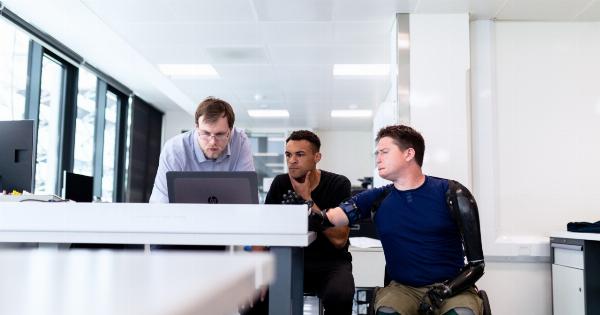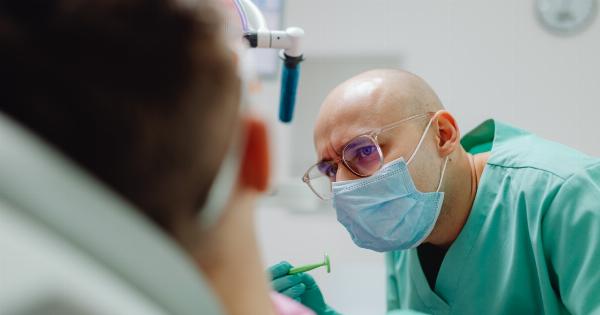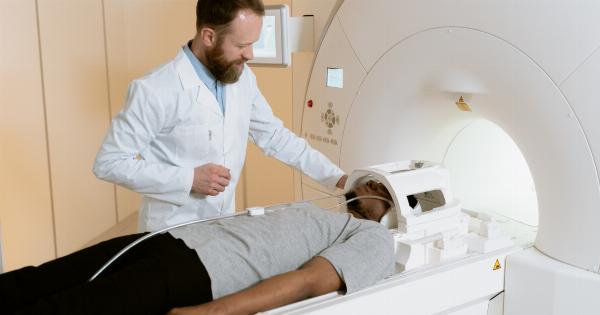Our spines are a vital part of our body, providing support and flexibility for daily activities. However, they are also prone to various conditions that can cause discomfort and hinder our overall well-being.
Diagnosing spine conditions accurately is crucial for effective treatment and better patient outcomes. One essential tool in this process is telemetry.
What is Telemetry?
Telemetry is a medical monitoring technique that involves the remote measurement and transmission of data. It can provide real-time information about a patient’s vital signs, physiological parameters, and other relevant metrics.
In the context of diagnosing spine conditions, telemetry plays a significant role in assessing the health and functioning of the spine.
The Use of Telemetry in Spine Condition Diagnosis
Telemetry offers several advantages when it comes to diagnosing spine conditions. It allows healthcare professionals to gather reliable and objective data, facilitating accurate assessments.
Here are some of the ways telemetry aids in diagnosing spine conditions:.
1. Continuous Monitoring
Telemetry enables continuous monitoring of a patient’s spine conditions, providing a comprehensive view of their health status.
It allows healthcare providers to track changes over time and identify patterns that may contribute to spine-related symptoms. By continuously monitoring the spine, medical professionals can make informed decisions regarding treatment options and interventions.
2. Objective Data Collection
When diagnosing spine conditions, objective data is crucial for accurate assessments. Telemetry provides a reliable means of collecting such data, reducing the reliance on subjective evaluations.
By measuring and transmitting real-time information, telemetry ensures that healthcare professionals have access to concrete data points that can aid in the diagnosis and treatment of spine conditions.
3. Assessment of Spinal Movements and Forces
Telemetry can measure and analyze spinal movements and forces, providing insights into the functioning of the spine.
By attaching sensors to the patient’s body, telemetry systems can capture data related to spinal range of motion, muscle activity, and forces exerted on different segments of the spine. This information helps medical professionals pinpoint abnormalities or potential causes of spine conditions.
4. Remote Monitoring and Consultations
Telemetry enables remote monitoring of patients, particularly beneficial for those who cannot easily travel to healthcare facilities.
It allows healthcare professionals to receive data from patients located in different geographical areas, providing access to expert opinions and consultations. Remote telemetry empowers patients by allowing them to receive specialized care without the need for frequent visits to medical centers.
5. Precise Diagnosis and Treatment Planning
Accurate diagnosis is crucial for effective treatment planning. Telemetry helps healthcare providers gather detailed information about spine conditions, facilitating precise diagnoses.
With the aid of telemetry, medical professionals can identify specific abnormalities or dysfunctions in the spine, which in turn influences the selection of appropriate treatment options. Precise diagnosis leads to better treatment outcomes and improved quality of life for individuals with spine conditions.
6. Patient-Specific Evaluation
Every patient is unique, and their spine conditions may differ in terms of severity, location, or underlying causes. Telemetry allows for patient-specific evaluation by tailoring monitoring and analysis to individual needs.
By utilizing telemetry in the diagnosis process, healthcare professionals can obtain a comprehensive understanding of each patient’s condition, enabling personalized treatment plans for better outcomes.
7. Post-Treatment Monitoring
Following treatment for spine conditions, ongoing monitoring is essential to track the effectiveness of interventions and ensure successful recovery.
Telemetry can be used to assess the progress of patients post-treatment, providing insights into their healing process and identifying any potential issues that may arise. Post-treatment monitoring with telemetry aids healthcare providers in optimizing follow-up care and making necessary adjustments in treatment plans.
8. Research and Development
Telemetry has applications beyond individual patient care. It also contributes to research and development efforts in the field of spine conditions.
Large-scale data collected through telemetry systems can help researchers analyze patterns, identify risk factors, and refine treatment protocols. This research-driven approach, supported by telemetry, paves the way for advancements in the diagnosis and treatment of spine conditions.
9. Rehabilitation and Physical Therapy
Rehabilitation and physical therapy play a crucial role in the recovery of individuals with spine conditions. Telemetry assists in monitoring patients during these sessions, tracking their progress, and ensuring that exercises are performed correctly.
By integrating telemetry into rehabilitation programs, healthcare professionals can optimize therapy plans, tailor interventions to individual needs, and provide personalized guidance for a successful recovery.
10. Enhanced Patient Engagement and Education
Telemetry empowers patients by involving them in the diagnostic process and enhancing their understanding of their spine conditions.
Real-time data and visual representations provided by telemetry systems allow patients to observe and comprehend the workings of their spines. This engagement and education facilitate active participation in the treatment journey, enabling patients to make informed decisions and take ownership of their health.
Conclusion
Telemetry plays a vital role in diagnosing spine conditions accurately.
By enabling continuous monitoring, offering objective data collection, and assessing spinal movements and forces, telemetry provides healthcare professionals with valuable insights for precise diagnosis and treatment planning. It also contributes to remote monitoring, research, rehabilitation, and patient engagement in the context of spine conditions. Embracing the potential of telemetry enhances the overall care and well-being of individuals with spine conditions.






























